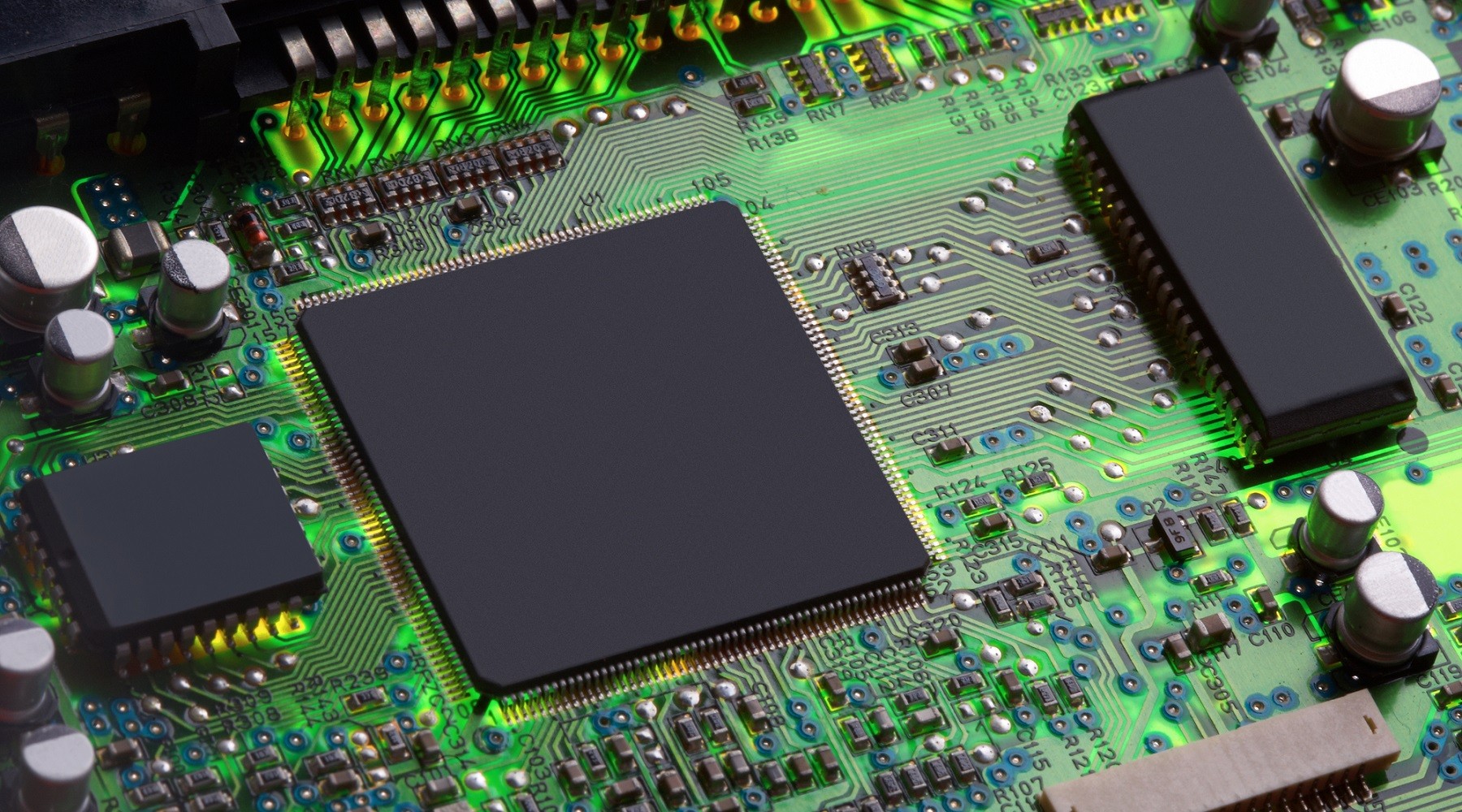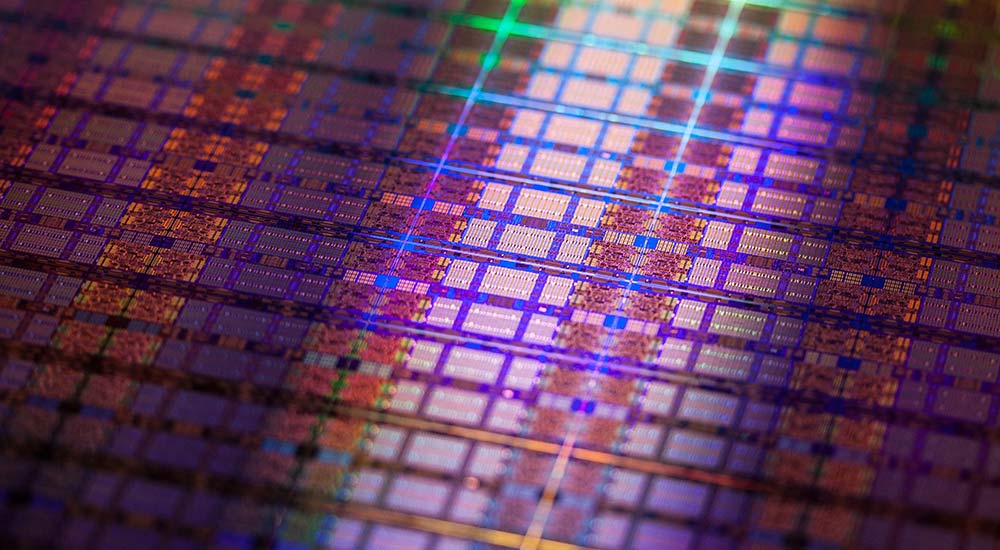

I work at Intel and have worked on reliability for server CPU's. 99.999% of users might never even notice the problem, and only someone who was carefully checking the results of scientific calculations would see it (see ).
Cpu transistor Pc#
If the transistor were in a lookup table in the floating-point processing unit, your PC would probably work just fine.
Cpu transistor windows#
If the transistor were in the data cache, you might have a one-bit failure out of the 6 MB (48,000,000 bits) in the cache you would notice flaky behavior and your PC would probably never make it through a Windows boot. If the transistor were in the clock chain, or in the register that held the Program Counter, or was responsible for driving a memory address out of the CPU, the fault would be catastrophic and the chip would be dead - it would likely never run long enough to execute more than a few instructions. The issue, of course, is finding the fault. In my experience, the vast majority of the transistors are critical and would cause a fault of some sort if they were bad.

It stands to reason that circuits that can make or break the entire chip and are less redundant would be designed with more "room" to maximize photographic/doping/contact exposure and minimize errors. A 22nm process was probably tested just fine at 20-24nm. are figured out well in advance through testing of the production process, and incorporated into actual chip designs as a tolerance factor to minimize possibility for defects. Things like well size, minimum feature width, etc. Most problems on a new process are throughly tested and resolved with prototype samples before large scale marketable chips are even attempted. Rate of errors resulting in completely useless chips is surprisingly low. Again, binned down as a lower cost lower clocked version.

Many errors and defects aren't simply a case of "it works or it doesn't", but manifest as reliability problems at high clocks. Unfixable things that render cores or sections of cache unusable can be disabled, then binned as a lower cost part with less cores, less cache, etc. Minor defects can be corrected with a focused ion beam.


 0 kommentar(er)
0 kommentar(er)
